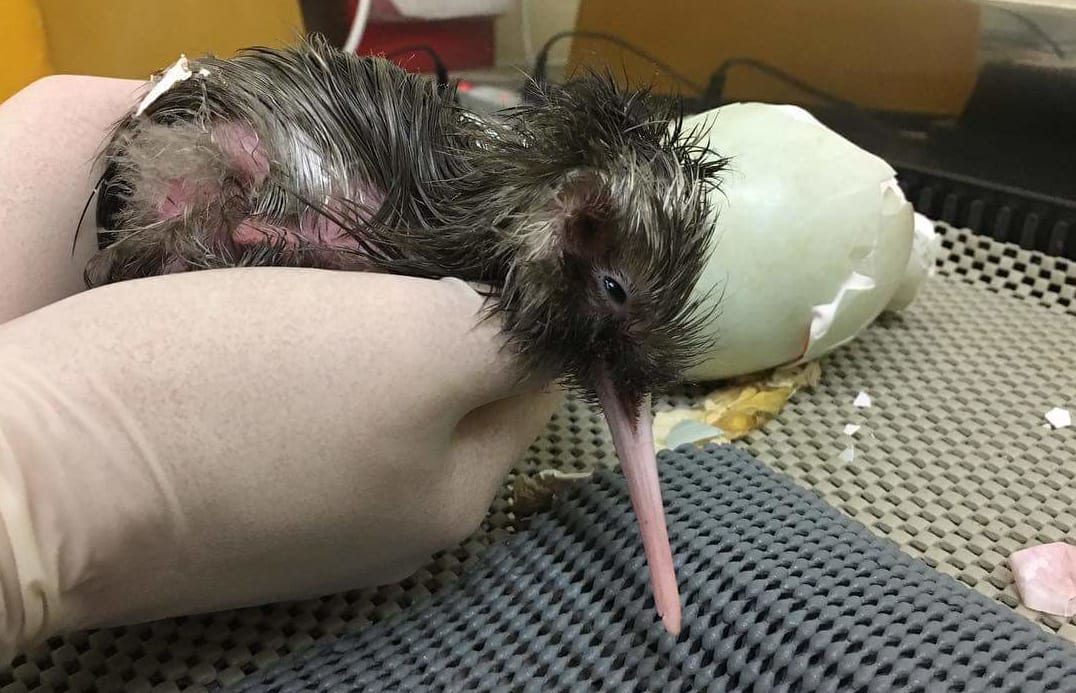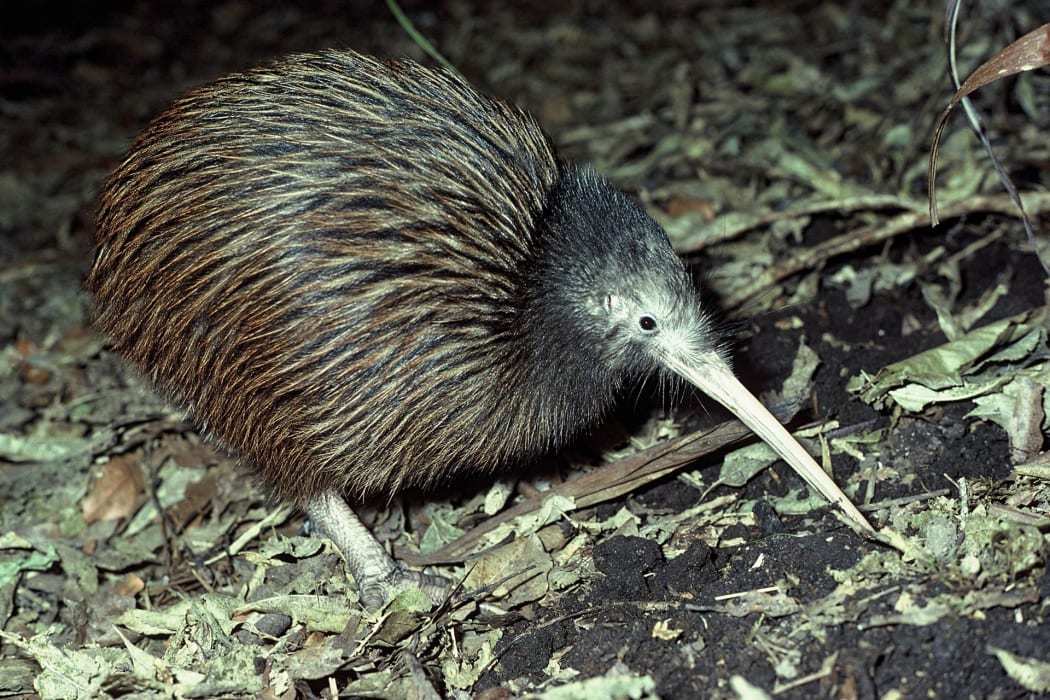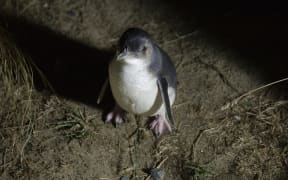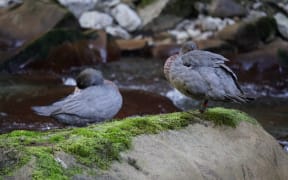By Rose O'Connor*
How much do we know about our national bird? Frank Film looks at what makes the kiwi so special, and so worth protecting.
They are the most unlikely icon for a nation: flightless, vulnerable, fluffy birds with terrible eyesight and nostrils prone to blocking. However, the kiwi is an undeniably fascinating creature, and an endearing one which has captured the hearts of many.
This may partly account for the massive amounts of effort going into helping our kiwi breed and stay alive. According to Orana Wildlife Park Marketing Manager Nathan Hawke the birds have an air of mystery about them because, being nocturnal, they're not often seen in the wild.
"If you asked New Zealanders who'd seen a kiwi in the wild, I'd bet not many," Nathan tells Frank Film. Whether seen in captivity or glimpsed in the wild, their trademark physiology is remarkable - round and fluffy, with a backside akin to a miniature woolly mammoth, and a very long beak.
West Coast Wildlife Centre Wildlife Husbandry Manager Laurie Keller says while their eyesight is terrible, their sense of smell and hearing are both sharp. "Kiwi can actually live for a very long time," she tells Frank Film. Unpredated, they are thought to get to around 50, 60 or 70 years of age.

File image: Eggnog the kiwi took five days to hatch at West Coast Wildlife Centre in 2017. Photo: West Coast Wildlife Centre
Canterbury Museum Senior Curator of Natural History Paul Scofield is equally fascinated by kiwi. "Their feathers have been modified into whiskers," Paul tells Frank Film, but he explains that the feature he finds strangest is the way their nostrils are all the way at the end of their long beak.
They use their beak to dig around for bugs, leading to the obvious problem of blocked nostrils which need to be cleared. "If you're in the forest at night, you can actually hear them exhaling through their nostrils!" Paul says. He also points out the irony of the flightless kiwi being the emblem for the air force.
So why do kiwi need so much protection? Orana Park New Zealand Native Fauna Manager Catherine Roughton says it's the young kiwi's defencelessness that's the problem. "Their chicks are incredibly independent from a young age, but they lack a lot of defences against some of our introduced mammalian predators, such as stoats," Catherine tells Frank Film.
"They also lack the breastbone and breast muscle that a lot of birds have," she says, and explains that this makes predators like dogs very dangerous. A dog just has to pick a kiwi up and it'll likely die from crush injuries to the chest.

North Island brown kiwi Photo: DOC / Rod Morris
Over at Franz Joseph, the centre hatches hundreds of kiwi. They have a big job to do - roughly 95 percent of kiwis hatched in the wild will die with no intervention. So, Laurie says, the best way of supporting kiwi is to raise them to be large enough and heavy enough so that when they're returned back to the wild, they're too big and strong for stoats.
The centre is engaged in a public-private partnership with the Department of Conservation (DOC), who keep an eye on breeding pairs. DOC gives the go ahead when it's the right time to collect an incubated egg (which, size-wise, gives your standard chicken's egg a run for its money).
Chicks hatch pretty well-developed, with fully-formed feathers and capable legs. "Once they're hatched, they also don't need mum and dad because they've got a huge belly full of yolk that supplies them for about ten days," explains Laurie.
The centre is currently raising two kiwi chicks: a Rowi and a Haast Tokoeka. There are five species of kiwi across New Zealand: the Little Spotted Kiwi (Kiwi Pukupuku), the Ȱkārito Rowi, the North Island Brown Kiwi, the South Island Tokoeka and the Great Spotted Brown (Roroa).
The Tokoeka population is sitting at around 450, and the centre has hatched around 130 of those over its eleven years in operation. The Rowi population, meanwhile, sits at around 600, with the Centre having hatched half of these. When they're large and heavy enough, the hatched kiwi are released into the wild.
With the work of places such as the West Coast Wildlife Centre, things are certainly looking better for our national icon. Could it be up, up and away for the kiwi from here on out? That is, with both feet firmly planted on the ground.




